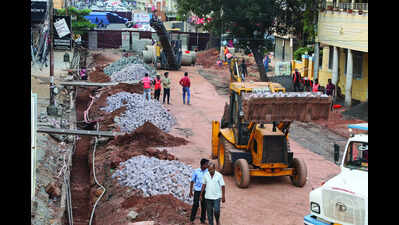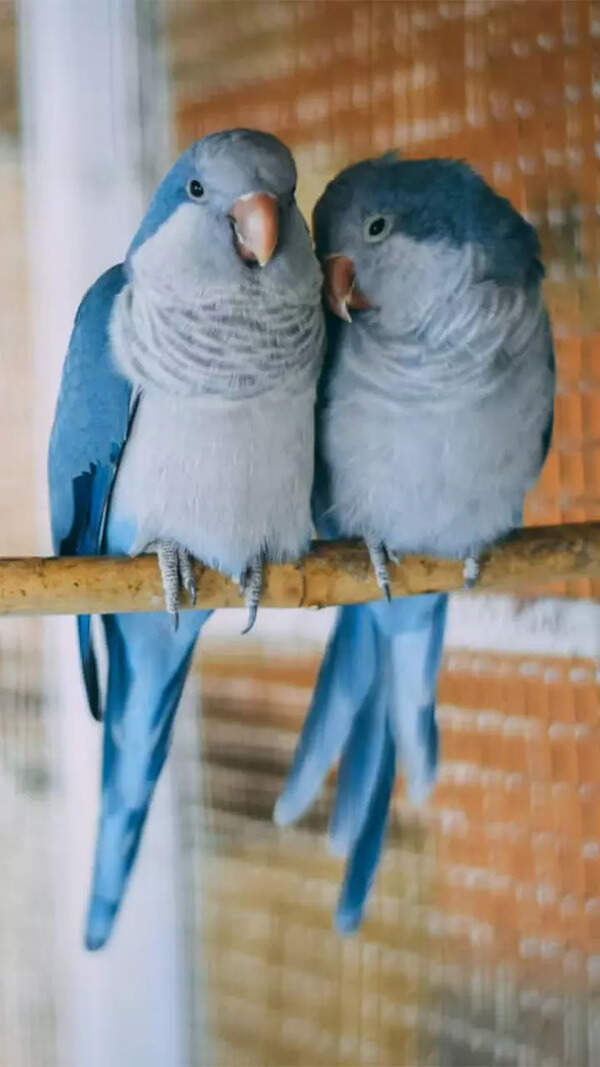Trending
PWD draws up road-digging SOPs, sets fixed calendar from Oct to Feb
Panaji: In recently framed standard operating procedures (SOP), the PWD has drawn up an annual calendar that will be followed to prevent frequent digging and re-digging of freshly surfaced roads. According to the SOPs, digging up any road where utility networks need to be laid will be done only from Oct to Feb. Also, all dug-up roads will have to be resurfaced by May 31, before the start of the monsoon.
The SOPs follow the utility infrastructure policy that state govt had framed in 2023 to ensure close coordination between all departments involved in laying utility networks underground. While the policy’s objective was to see that roads were not frequently dug up for the purpose, it lay dormant, until now.
“To streamline the procedures and to have an effective mechanism in place, it is essential to regulate and accommodate utility infrastructure to be laid by various govt departments/agencies and private operators on all categories of roads. Establishment of common ducts and cable corridors for various infrastructure is an essential requirement in all future new road infrastructure projects and also to existing projects in a phased manner,” state the SOPs.
During the budget session, chief minister Pramod Sawant — who also holds the PWD portfolio — had said that uniform utility ducts would be laid along all major roads that are dug up from April 2 onwards. He had said these ducts would be permanent so that roads do not have to be dug up multiple times.
They also state that each utility department or agency must provide information to the PWD before June 30 of each year of the stretches they want to lay lines under. This information will be collected in a fixed format from all departments and an action plan will be drawn by each PWD division by July 31 of each year.
“All permissions for laying utility lines will be issued before Oct 30 each year after due approval of the competent authority. During this period, detailed technically sanctioned estimates for various road stretches identified for laying of utilities and works taken up viz, improvement, hotmixing etc, shall be taken up by the works divisions, which shall complete codal formalities and accord expenditure sanction for the issue of work order on or before Oct 30 of each year,” the SOPs state.
All stretches where work is proposed to be carried out must be designed with features such as additional ducts/pipes for laying of all utility infrastructure like underground cable, water supply pipes, sewerage lines, gas pipelines etc, the SOPs state.
They also state that infrastructure should be designed to “mitigate demands for future accommodation of utilities without disturbing the road infrastructure, eliminating the need to excavate the road”. The department has said laying of all utility lines will be through ducts only.
The utility department/agency concerned must commence laying of utilities as per approved plan through the ducts provided and complete the entire work within the stipulated period or latest by Jan/Feb of next year. Once the work is completed, reinstatement of the road will be undertaken by the PWD and the work is to be completed by May 31, the SOPs state.
“Once the hotmix/reinstatement is completed, a defect liability period will be in place for three years and no further road-digging or cutting will be allowed for additional two years or till the renewal of the next road surface, which will be allowed/taken up only after completion of five years from the last road surface,” the SOPs state.
In 2023-24, 550km of roads were resurfaced with asphalt after being dug up, while in 2024-25 the PWD had to resurface 337km of roads, leading to recurring costs to the state exchequer.


About the Author
Gauree MalkarnekarEnd of Article
FOLLOW US ON SOCIAL MEDIA









